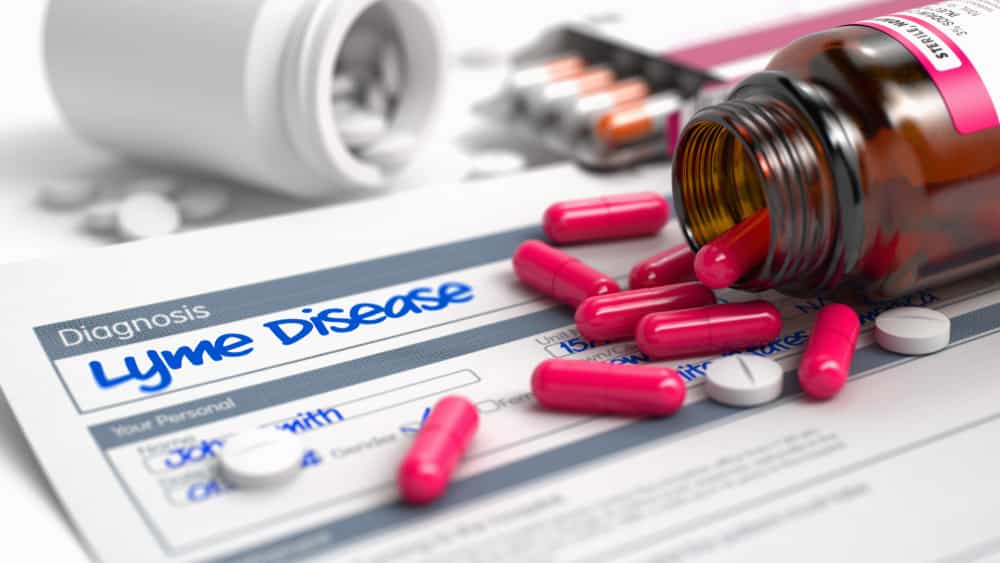Diagnosis and treatment

Diagnosis of Lyme disease is easier when doctors get to see the Bull’s Eye rash at the site of the tick bite. That would be by itself a significant sign that leads the diagnosis and treatment, especially when it is in concordance to the clinical signs and symptoms.
However, many patients do not refer or do not remember about any tick bite, and diagnostic tests become relevant to rule out this and other causes. The most common test to confirm the diagnosis is an antibody detection test. Serologic testing is sometimes negative in infected patients. So, in some cases, it is necessary to perform a joint aspiration, skin biopsies, and other tests to figure out what’s happening.
After diagnosing the ailment, treating Lyme disease is relatively easy because it only requires antibiotic treatment in early-stage patients or antibiotic and supportive therapy in patients with complications. The type of treatment, doses, and mode of administration depends on the stage of the disease, and late-stage Lyme disease usually requires hospitalization with intravenous therapy.
When an individual is diagnosed in endemic areas, others may also get antibiotic treatment to prevent latent Lyme disease and its complications. This prophylactic antibiotic therapy should only be administered in selected patients inside particular populations. Ask your doctor if a relative or someone close to you was recently diagnosed and you’re not entirely sure about receiving prophylaxis or not.
